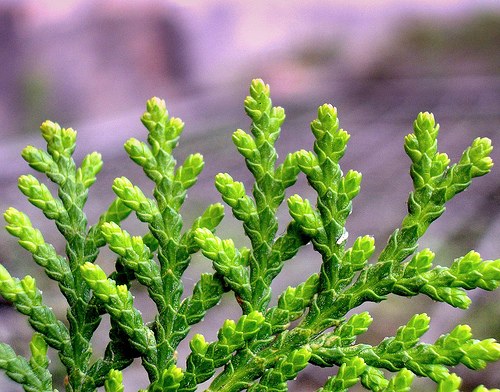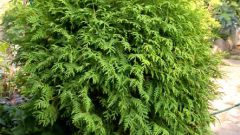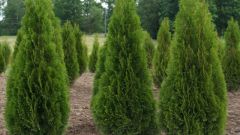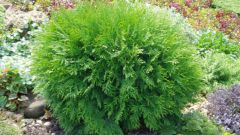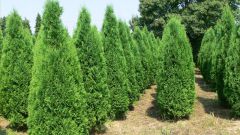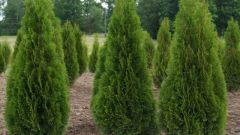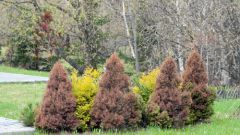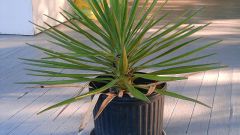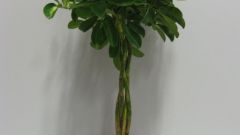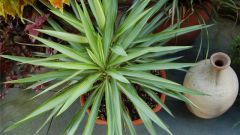Instruction
1
Arborvitae seedlings are grown in nurseries where they are commercially available in specialized horticultural shops. A sapling sold in a pot, and when buying you should inspect its root, the color white which speaks to the fact that the seedlings are healthy. The yellow part of the root indicate that thuja was in the pot. From the purchase of this plant should be abandoned.
2
Thuja likes moist, light soil, well saturated with oxygen. This means that the soil in which the seedling will be transplanted should be moist and loose. It is recommended to dig a hole for four or five days before planting trees.
3
Seedling to plant to basal stem was above ground, that is necessary to avoid its penetration. The pit you must fall asleep with a mixture of peat and loam. The place for planting choose a Sunny, unshaded. After planting thuja important to water every three days, and at least the appearance of dry twigs, carefully remove them. In the spring recommended time to fertilize thuja fertilizer designed for coniferous trees.
4
A very important action to save TUI is regular spraying with water. During the vegetative period you need to loosen the soil root circle to a depth of ten centimetres, and the basal circle to fill peat or wood chips. This mulch will protect the roots from overheating and drying out in hot weather, and in winter from freezing.
5
To prevent the tree's death, you should pay attention to basal trunk: he does not have much to rise above the ground, but the penetration has a negative impact on the health of the plants. To enliven the tree, the roots are well shed, the leaf part is intensively sprayed with water with the addition of "EPIN". For watering the roots, you can add a growth stimulants "Zircon" or "Acohol".
6
The cause of the disease arborvitae are mainly fungal pathogens: the leaves on the branches turn brown and the branches dry. Affected shoots are removed, then the tree is sprayed with a solution of fundazol.
